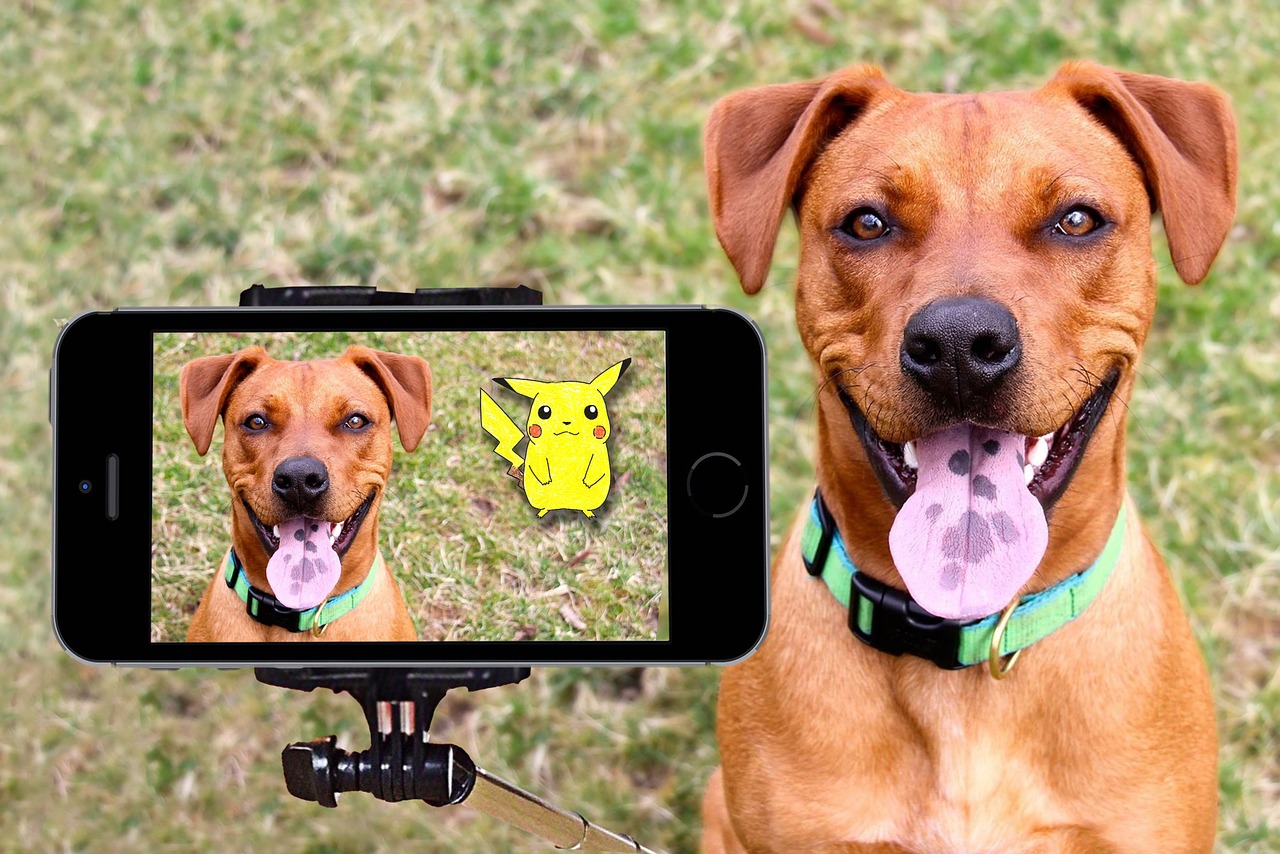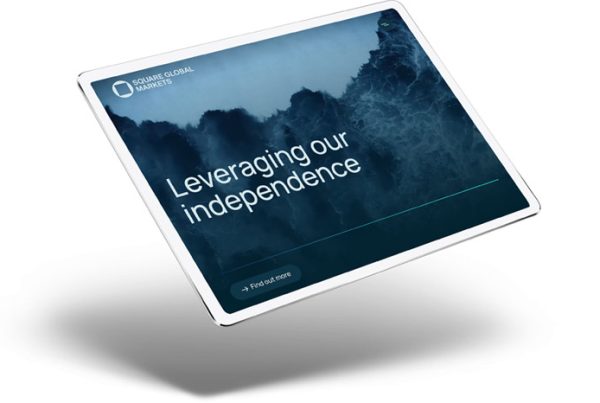We are currently in a very exciting and somewhat unknown period of human history. We are in the throws of the Digital Age. Also known as the information age we have moved on from the industrialisation of the traditional industries and we are now heading into a climate which focuses solely on the economy industry. From the industrial revolution and on to the Digital Revolution.

The phenomenon that is the digital age is a highly technical and revolutionary branch of our history resulting in quite radical thinking and expanding opportunities for growth which is influencing our economic structure, our social interactions and the development of our society. This is big stuff. This digital world is full of overwhelming stuff which for the most part we do not fully understand. This is due to the rate of change and advancement and the unknown entity that is the internet.
The internet is packed full of information, data, images, videos… the list goes on. But how we manage it, is the truly important part of all this. How can we keep up with an entity that is being constantly updated and refreshed 24 hours a day 7 days a week. Perhaps in the future this will be known as the too much information age.
Cyberpsychology
When beginning to assess our human relationship to the web we need to consider the effects the virtual space has on our day to day thoughts and the way we interact with the world around us. One way to assess this is through Cyberpsychology. This might include topics such as online relationships, online identities, online addiction, online bullying and cybercrime amongst other things and the study of media psychology is becoming more popular (and necessary) than ever.
While statistical and theoretical research in this field are based around Internet usage, cyberpsychology also includes the study of the psychological ramifications of cyborgs, artificial intelligence, and virtual reality. Although some of these topics may appear to be the stuff of science fiction, they are quickly becoming science fact as evidenced by interdisciplinary approaches involving the fields of biology, engineering, and mathematics. The field of cyberpsychology remains open to refinement and new purposes including inquiry into the nature of current and future trends in mental illness associated with technological advances.
We are living in an time when 1st generation digital natives are now breaking into adulthood. Our World Wide Web usage has surpassed anything technologists could have ever predicted and this desire for the internet is only growing. Our day to day lives are filled with such broad exposure to digital displays our thoughts and daily interactions are surpassing the physical and seamlessly blending without online lives. In order to understand this overlap of digital space and physical space and the long term effects it may have on us we need to understand how the human mind is altered in digital interaction and how we can manage perception of reality versus virtual reality.
With the rising number of Internet and computer users around the world, computer technology’s effects on the human psyche will continue to significantly shape both our interactions with each other and our perceptions of the world that is literally “at our fingertips”. A study published in the journal of Cyberpsychology, Behavior, and Social Networking (2014)
Social Media
Online relationships:

When you meet someone online you can never be sure of their identity. The past decade has seen a massive growth in online chat room use, with many tales of love (and loss) hitting the headlines due to the unpredictable nature of online relationship. Social interaction has changed dramatically within the past 10 years and it is important to address the issues and implications of meeting up with someone you have ‘met online.’
- Make sure someone else knows where you are if you decide to meet someone from the internet
- Make sure you are in a public area and you can get away if you need to
Do not expect that someone will be the same as there online persona in real life. Offline relationships:Many people (particularly the older generation) do have their reservations about the effect of online relationships on offline communication. It is important to keep a handle on the real life world and not be too inward looking when it comes to the real world. We are a nation of ’90 degree heads’ walking around with our heads bowed to our personal devices – check out China’s walking aisle for mobile users on the pavement – but does this attention we give to out devices mean that we are not paying attention to the people (and things) around us? Long distance love: The internet has amongst many things, made long distance relationships much more doable. Things like Facetime and Skype and even simple email systems help us all to keep in touch and stay connected all over the world.
Fomo: Fear of missing out : anxiety that an exciting or interesting event may currently be happening elsewhere, often aroused by posts seen on a social media website.
Facebook:
Facebook started in the United States as a way for some college kids to stay in touch when they had left campus – and it’s evolved since then to become one of the largest social networks in the world. Here’s how you can get involved.
WebWise Team | 10th October 2012
Facebook is a vast, sprawling network and you can make whatever you want of it. You sign up by putting some details, and preferably a photo of yourself, on the Facebook website. Then you’re ready to start posting a few updates.
These updates are statements about what you’re up to, links to interesting stuff you’ve seen elsewhere on the web – it’s up to you. As word gets around that you’re online, you’ll find old friends start to get in touch. They may have heard about you being on Facebook or they may have found you after doing a search.
Facebook itself will send notes on people you might know, based on the fact that you went to the same school or college or shared an employer (you only have to put up as much of this sort of information as you want).
Twitter:
Twitter allows users to post short comments called ‘tweets’ – which other people can respond to and share. Many people, including celebrities and politicians, post their updates on public accounts.
When you ‘follow’ someone on Twitter, you will see their comments when you log in to your account. Similarly, anyone ‘following’ your account will be able to see what you’ve tweeted.
Trending:
Before the development of social networks, trending would’ve referred to physical items and sounds that were gaining a sudden, and perhaps unnecessary, increase in popularity. In the 1990s, this could have included Beanie Babies, yes those small stuffed toys which are still gathering dust in your loft, the Spice Girls and that awful dance craze, the Macarena. However, the term can also describe the most popular conversation topics, often within major cities, countries or the world.
Quite often, they arise as a result of a major event, such as the election of Pope Francis, the death of a famous figure, television programs, including the current series of Masterchef, or by the fans of sporting teams and musicians, especially One Direction and that gracious human being Justin Bieber.
Rightly so, in my opinion, trending topics on social media are most associated with Twitter. But Google+ also provide a similar list of the most talked about subjects, plus up and down arrows which indicate whether or not users continue to engage with those issues. In addition, YouTube publicise the most shared and most viewed videos in the world, although it appears that it can’t be accessed from their website, whilst Facebook and Pinterest also promote the most popular news articles and images.
Hashtag:
Twitter was also responsible, I would suggest, for the now continuous use of #hashtags within social networks. Generally, hashtags are used to highlight a keyword or acronym which other users may utilise for search purposes. One good example that I can provide is if I were to write an opinion about a change to housing benefit on a Thursday evening, I would most probably use the #bbcqt hashtag at the end. Furthermore, when I was seeking curry house recommendations in the capital a couple of months ago, I used the hashtags #London, #Clapham and #Tooting to increase the visibility of my post. Subsequently, I secured three suggestions, although I didn’t actually listen to them in the end.
Hashtags must be used carefully though, especially by corporations. Last Christmas, the coffee chain Starbucks asked customers to post messages on Twitter and spread the cheer of Christmas, just weeks after the company was criticised for its tax arrangements. Inevitably though, the campaign was hijacked by messages including ‘Hey Starbucks, Scrooge was nicer to his employees than you are!’ and some others which although highly amusing, aren’t repeatable. Previous to this, the supermarket chain Waitrose asked people why they chose to shop with them, using the hashtag #waitrosereasons. This also led to some hilarious replies, such as ‘Clarissa’s pony just will not eat Asda straw’ and ‘it was the best place to pick up unicorn food and 24ct gold toilet paper’.
Ten simple ways to engage with your followers | Social Media
Instagram:
First let me take a selfie

Research suggests that individuals are motivated to take selfies for many reasons. Basically, because people normally take selfies and post photos on SNS to impress others; the amount of time that individuals regularly spend on SNS was found as a factor that strongly explains the intensity of selfie posting (Fox & Rooney, 2015; Weiser, 2015). Prior research also identifies personal characteristics associated with the selfie. For example, Fox and Rooney (2015) found that males tend report higher selfie-posting frequency than females. However, Sorokowski et al. (2015) discovered that females tended to report posting more selfies and group selfies than did men. In terms of age, Weiser (2015) found that older people tended to report a higher-frequency of selfie-posting than younger people. In addition, Qiu et al. (2015) suggested that selfies may be associated with personality traits such as agreeableness and extraversion, which are the characteristics that reflect sociability of individuals; thus, individuals who generally like to develop social relationships with others tend to have high motivation to take selfies. Furthermore, social comparison theory (Festinger, 1954) and social rank theory (Gilbert, 2000), which emphasize the role of social environment in explaining SNS behavior imply that individuals who are in peer groups characterized by high degrees of social comparison and competition among members are more likely to take selfies and post photos on SNS to make themselves look more outstanding than their peers (Tandoc, Ferrucci, & Duffy 2015).
Blogging:
As so often happens in the English language, many derivatives of the word blog have been created. One who participates in the activities of maintaining a blog is known as a blogger and the activity of keeping a blog is known as blogging. So we could say that the blogger blogs in his blog, but that might cause your English teacher to weep. We are going to use these terms with alarming frequency, so make sure you understand what they mean before you go on.Blog (noun) – a journal or diary that is on the Internet.
- Blogger (noun) – a person who keeps a blog – Bloggers are revolutionizing the way news is shared.
- Blog (verb) – to write a blog – I am going to blog before breakfast this morning.
- Blogging (verb) – the action of writing a blog – Blogging is my way of sharing my passions with the world.
- Originally blogs were known primarily as places for people to write about their day-to-day activities. Their mundane, everyday tasks became fodder for journal entries. Somehow these writers gained a following and the hobby of blogging was born. Today people write about far more interesting topics, but we’ll get to that in a minute.
Vlogging
A video blog or video log, usually shortened to vlog[1] /ˈvlɒɡ/, is a form of blog for which the medium is video,[2] and is a form of web television. Vlog entries often combine embedded video (or a video link) with supporting text, images, and other metadata. Entries can be recorded in one take or cut into multiple parts. The vlog category is popular on YouTube.
Video logs (vlogs) also often take advantage of web syndication to allow for the distribution of video over the Internet using either the RSS or Atom syndication formats, for automatic aggregation and playback on mobile devices and personal computers (See video podcast).
E-Invites
There are many ways to send out email invitations, but I’d like to show you how you can create (what i consider to be) the perfect email invitation. It works in all email clients, makes engagement super-easy and allows you to collect RSVP data in one click.
Traditionally sending out email invitations has had some limitations. If you’re in a business environment, you’d typically send out an email invite via Outlook. Great if you’re sending an internal message, but these emails cannot always be read by other email clients. In addition to this, this type of email is only good for sending in small batches, and certainly can’t be used to send to a large list of clients e.g. for a conference.
One of the main benefits of an Outlook style invite is the ability to collect RSVP data. Each recipient can accept or decline the invitation, providing the host with instant feedback on attendance figures. This is a great feature, and just goes to show how powerful email can be when organising an event.
What we’re going to do is take this concept and make it work on a much larger scale. Together we’ll create an attractive email invite that not only works in any email client, but can also collect that all important RSVP data.
Conclusion
As we move further into the digital realm, we need to make sure we are up to date as it could maximise your online potential. It’s important to understand how to make the most of your online presence in the Digital Age, like a well designed and functioning website for example. If you are looking for any assistance in web design, web development, graphic design and email marketing then please feel free to contact us.

